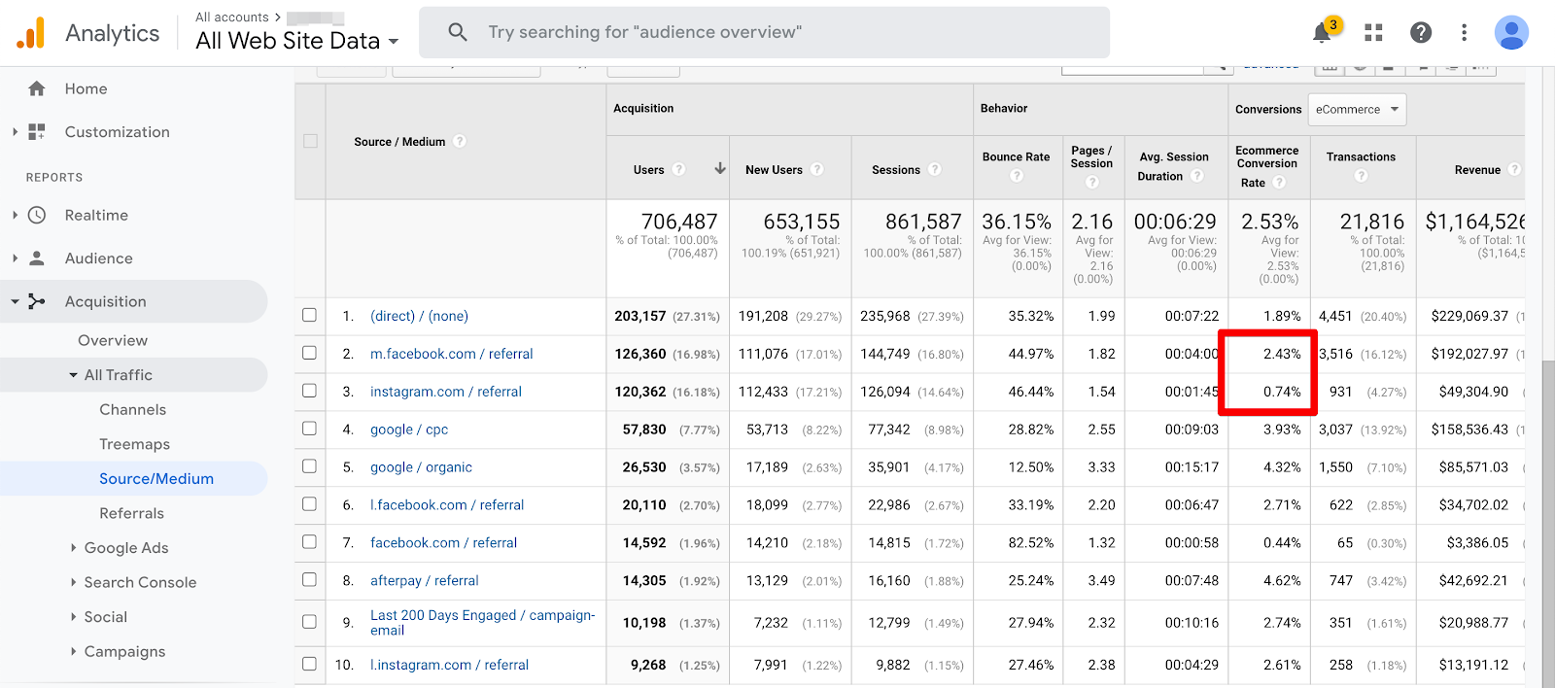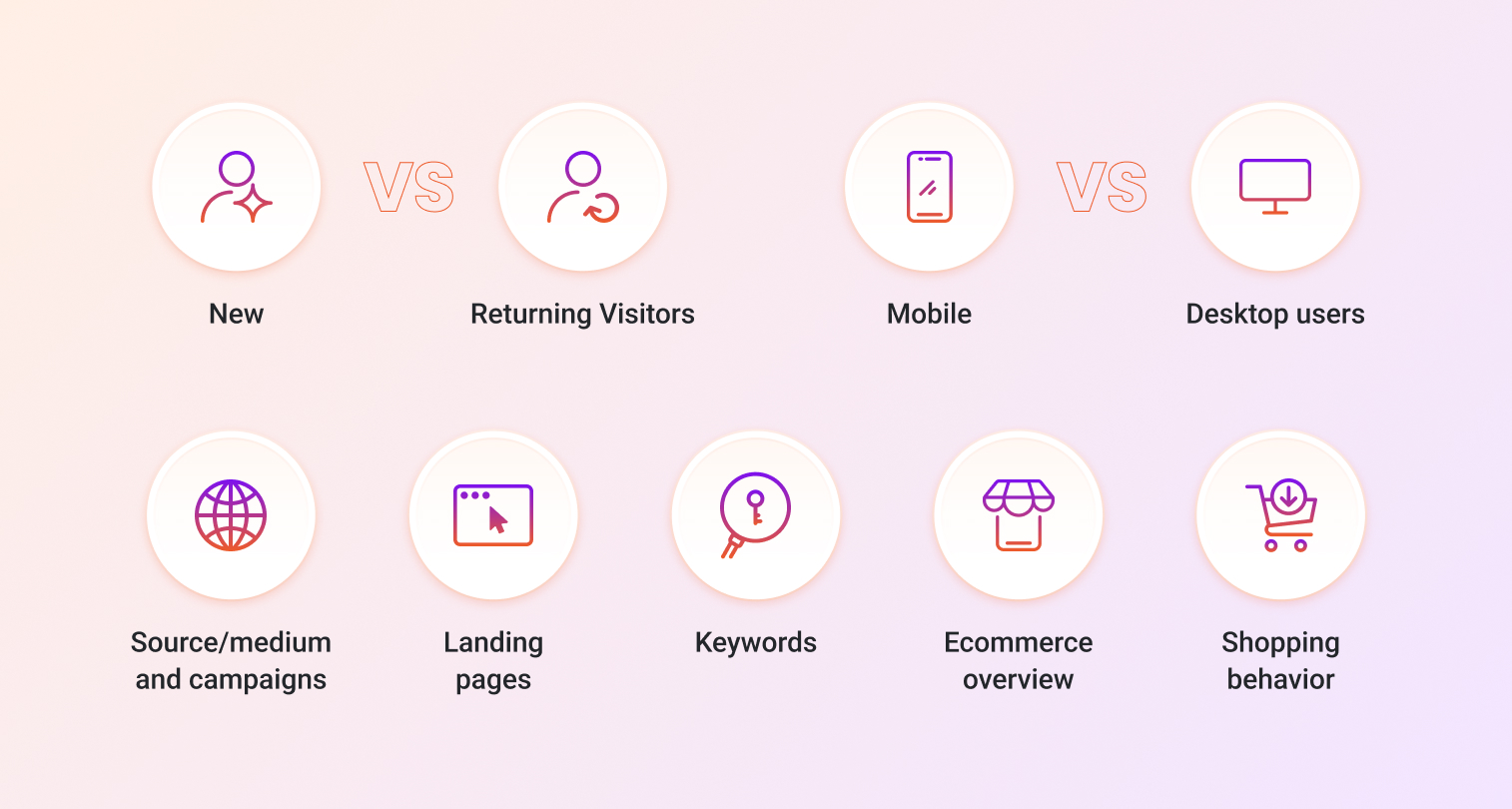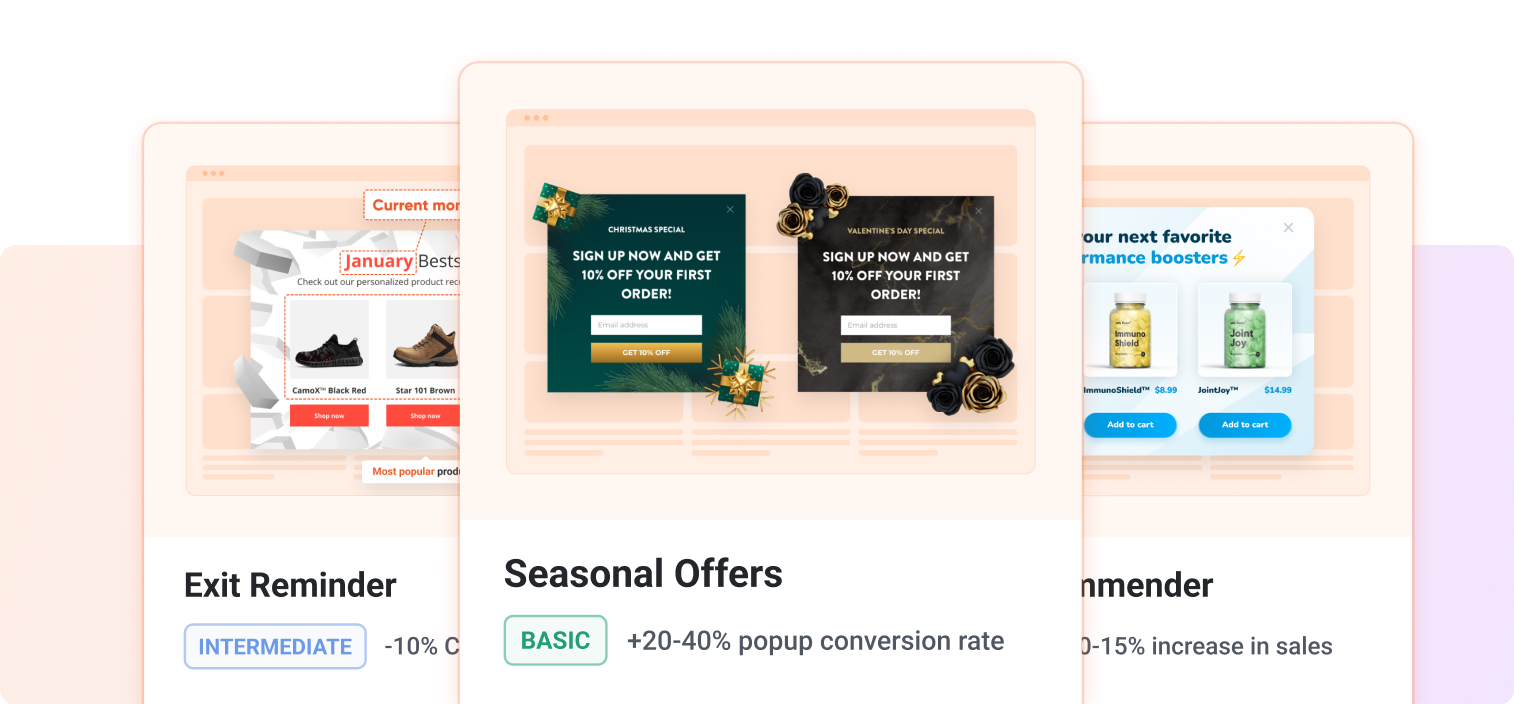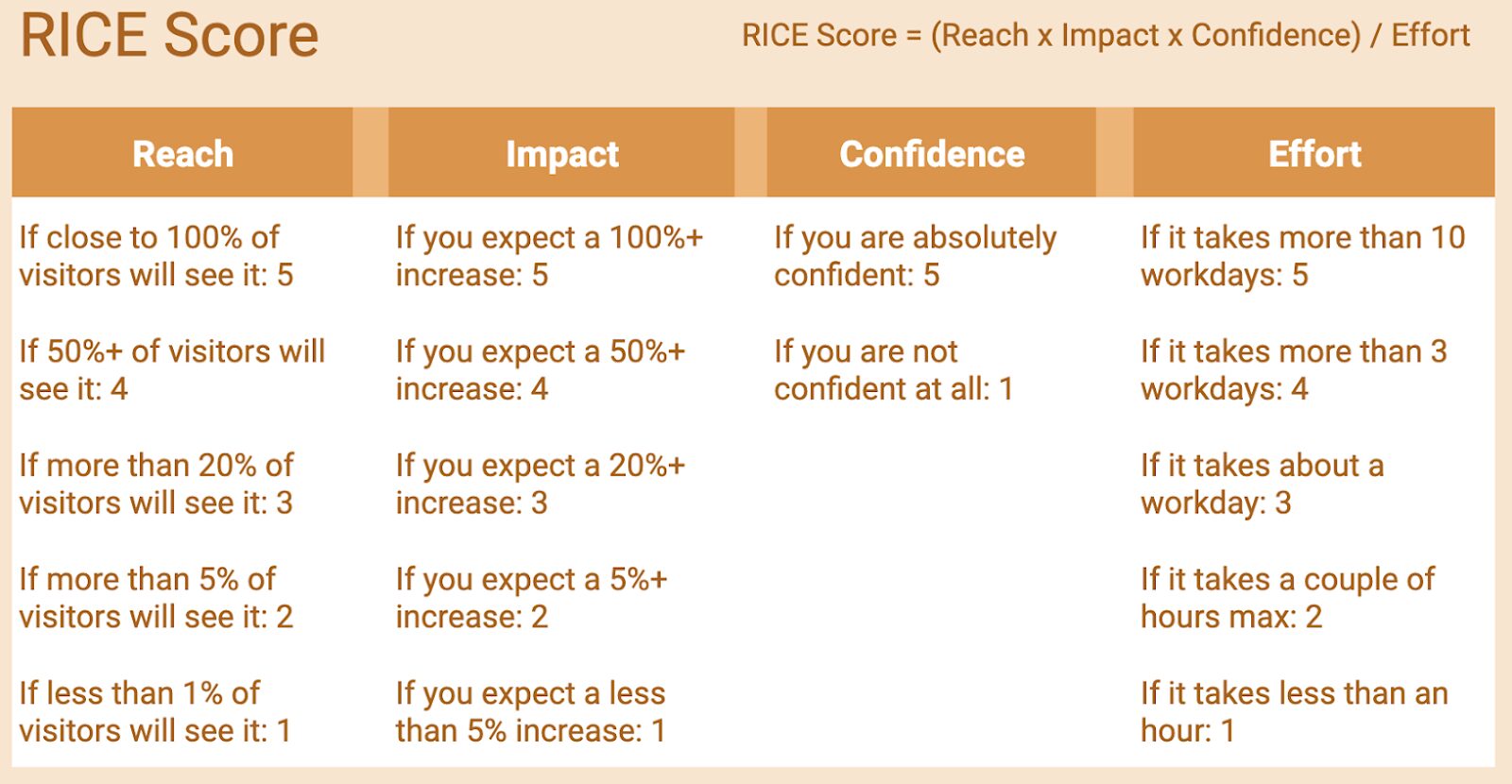- Blog
- How Do I Get Started With Personalization: A Step-by-Step Guide
How Do I Get Started With Personalization: A Step-by-Step Guide
-
Barbara Bartucz
- Personalization
- 6 min read
Table of Contents
Have you ever walked into a store and somehow the salesperson immediately knew exactly what you were looking for? Didn’t they seem to anticipate your every need, recommending items you genuinely loved?
Potential customers expect this kind of treatment more and more during their online shopping experiences, creating a growing demand for personalization.
To stay ahead in this competitive landscape, investing in personalized marketing is no longer optional—it’s essential.
This is where website personalization comes into play, offering the magic touch that can turn casual browsers into loyal customers.
This guide will show you how to get started with personalization and transform your website into a conversion powerhouse.
Ready to dive in?
What is website personalization?
Website personalization is the practice of creating a customized website experience for visitors based on audience data, such as their preferences, behavior, and demographics.
Think of it as tailoring your website content for each customer, ensuring they see the products and copy most relevant to them.
Implementing personalization can lead to increased user engagement, higher conversion rates, and improved customer loyalty.
How to build a personalization strategy for your website?
Wanna build a bulletproof web personalization strategy? Of course you do, that’s why you’re here!
So let’s dive straight into your guide to building a personalized marketing strategy.
Step 1: Set your goals
First things first: you’ll need to determine what you want to achieve with personalization. Common goals include boosting website engagement, increasing sales, and enhancing customer satisfaction.
Setting specific goals for personalization campaigns can help guide your efforts.
Then, you’ll want to establish key performance indicators (KPIs) to measure your success.
These might include:
- Time on site
- Conversion rate
- Average order value
- Customer retention rate

Step 2: Know your audience
Understanding your audience is crucial. Gather customer data through surveys, web analytics, and purchase histories. This data forms the foundation of your personalization efforts.
Tailoring content and offers to meet the needs of specific customer segments is what effective personalization is all about.
Divide your audience into segments based on demographics, behavior, and preferences. For instance, you might have segments for new visitors, returning customers, and high spenders.
Create detailed customer personas to guide your personalization efforts. These personas should encapsulate the needs, preferences, and behaviors of your key audience segments.
Step 3: Analyze your current customer journey
It’s important to empathize with your customers, especially when it comes to web personalization.
Put yourself in their shoes and examine the customer journey through your website.
Here are the kinds of questions you might want ask:
- How does the typical visitor arrive at your website? Do you have diverse sources of traffic?
- Should a visitor from a Facebook ad see the same content as someone from search results or Instagram?
- Should your main offer differ for various audience segments, such as low-intent vs. high-intent visitors? Do they see relevant content?
- Is your inventory easy to navigate? Can visitors find what they’re looking for quickly?
Step 4: Analyze your customer data for more insights on your traffic
Now it’s time to identify the areas where personalized marketing can have the most significant impact. Focus on high-traffic and low-conversion pages, as these are prime opportunities for improvement.
For example, if many visitors arrive from Instagram but do not convert well, while Facebook visitors convert at a higher rate, this insight should guide your personalization program.

Here are some Google Analytics report ideas you might want to check:
- New vs. returning visitors
- Mobile vs. desktop users
- Source/medium and campaigns
- Landing pages
- Keywords
- Ecommerce overview
- Shopping behavior

Step 5: Brainstorm ideas for solutions
With your pain points identified, you can start brainstorming solutions tailored to different visitor characteristics. This step involves creativity and collaboration.
Think about what kinds of changes could enhance the user experience and drive the desired actions.
Getting stuck? Our tactic library can help you come up with solutions for your problems.

Step 6: Prioritize your idea backlog and find the right personalization strategies
Not all ideas are created equal. Prioritize your ideas using the RICE method, which considers:
- Reach: How many people will this impact?
- Impact: How significant will the impact be?
- Confidence: How confident are you in this idea?
- Effort: How much effort is required to implement it?

Step 7: Choose the right personalization platform
Selecting the right personalization platform is critical. There are many website personalization tools out there, but you should focus on picking one that suits your needs and budget.
For example, OptiMonk is a popular choice. It allows you to tailor messaging, offers, visuals, and the layout of your store to suit each individual shopper with a no-code editor.
The right platform will help you implement and manage your personalization strategies effectively.
Step 8: Launch campaigns and test your ideas
It’s go time! Run experiments to see what works best.
Creating personalized landing pages tailored to individual user behavior and characteristics, such as browsing history and geolocation, can significantly increase the likelihood of conversion and reduce acquisition costs.
This step is all about trial and error. Launch your personalized campaign and observe how your audience responds.
Be prepared to make adjustments based on real-time feedback.
Step 9: Measure success and optimize
Finally, you’ll need to analyze the results to understand the impact of your personalization efforts. What worked well? What could have been better?
Continuously refine your strategies based on feedback and performance data. This iterative process ensures your personalization efforts are always improving.
Common pitfalls in website personalization and how to avoid them
Implementing website personalization can transform your user experience and boost conversions, but it’s not without its challenges.
Let’s see some common pitfalls and how you can avoid them:
1. Over-segmentation
Over-segmentation occurs when you divide your audience into too many small segments. This can lead to overly complex strategies that are difficult to manage and execute effectively.
How to avoid it:
Start with broader segments based on key characteristics of individual customers such as new vs. returning visitors or purchase intentions.
As you gather more data and gain insights, you can gradually refine and add more segments. By staying focused on creating meaningful segments that will make a significant impact, you’ll achieve better, more efficient personalization.
2. Neglecting mobile users
In an era where mobile traffic often surpasses desktop, neglecting mobile users can be a major oversight.
Personalization campaigns that don’t consider the mobile experience can result in a disjointed and frustrating user experience.
How to avoid it:
Ensure your personalization strategies are optimized for both desktop and mobile users. Test personalized elements across devices to ensure they function seamlessly.
Consider mobile-specific behaviors and preferences when designing personalized experiences.
3. Using insufficient or poor-quality data
Personalization efforts are only as good as the data that drives them. Relying on outdated, incomplete, or incorrect data can lead to irrelevant and ineffective personalized experiences.
How to avoid it:
Invest in robust data collection and analysis tools. Ensure your data is accurate, up to date, and comprehensive.
Regularly clean and update your database to maintain data quality.
Use a mix of quantitative data (analytics) and qualitative data (customer feedback) to get a complete picture.
4. Ignoring privacy concerns
With increasing concerns about data privacy, mishandling user data can erode trust and lead to compliance issues.
Users are becoming more aware of how their data is used, and they expect transparency.
How to avoid it:
Be transparent about the data collected on your website and your usage policies. Provide clear opt-in options and respect user preferences. This will ultimately lead to better customer relationships.
Ensure your personalization practices comply with regulations like GDPR and CCPA.
Always prioritize user consent and data security.
5. Failing to test and optimize
Personalization is not a one-time effort. Failing to test different strategies and optimize based on performance can result in missed opportunities and stagnation.
How to avoid it:
Adopt a test-and-learn approach. Use A/B testing to compare different personalization strategies and determine what works best.
Continuously monitor performance metrics and make data-driven adjustments. Regularly refresh your personalized content to keep it relevant.
6. Over-personalization
While web personalization is powerful, overdoing it can backfire. Too much personalization can feel intrusive and overwhelming, ruin the customer experience, and potentially turn users away.
How to avoid it:
Balance personalization with general content. Ensure that personalized elements enhance the user experience without overloading it.
Avoid making assumptions about user preferences based on limited interactions. Give users the option to customize their experience.
7. Lack of integration with other marketing efforts
Personalization should not be an isolated effort. Failing to integrate it with your broader marketing strategy can result in inconsistent messaging and missed synergies.
How to avoid it:
Ensure your personalization strategy aligns with your overall marketing goals.
Integrate personalized experiences with email marketing, social media campaigns, and other channels.
Keep messaging consistent across touchpoints to enhance the overall impact of your personalization efforts.
FAQ
How can I measure the success of my personalization efforts?
Use key performance indicators (KPIs) such as time on site, conversion rates, average order value, and customer retention rates. Regularly analyze and refine your strategies based on these metrics.
What are some common mistakes to avoid in website personalization?
Common mistakes include over-segmentation, not using data effectively, neglecting mobile users, and failing to test and optimize campaigns.
How can I ensure my personalized marketing efforts are not intrusive?
Focus on relevance and value. Delivering personalized experiences, messages, and content to website visitors at the right time can boost engagement significantly.
For personalized content and recommendations that are not intrusive, focus on areas where it’s genuinely helpful to your users and avoid bombarding them with too many personalized messages.
Can small businesses benefit from website personalization?
Absolutely. Personalization can significantly enhance the user experience and drive conversions, making it beneficial for businesses of all sizes.
Wrapping up
Getting started with personalized content is like embarking on a journey to understand and serve your audience better.
By setting clear goals, understanding your audience, analyzing data, brainstorming solutions, and continually optimizing your efforts, you can create highly personalized experiences that provide your business with a competitive advantage.
Follow the steps in this guide, and you’ll be well on your way to making your website a place where every visitor feels right at home!
Want to dive deeper? Watch this video to learn more about getting started with website personalization.
Migration has never been easier
We made switching a no-brainer with our free, white-glove onboarding service so you can get started in the blink of an eye.

What should you do next?
Thanks for reading till the end. Here are 4 ways we can help you grow your business:
Boost conversions with proven use cases
Explore our Use Case Library, filled with actionable personalization examples and step-by-step guides to unlock your website's full potential. Check out Use Case Library
Create a free OptiMonk account
Create a free OptiMonk account and easily get started with popups and conversion rate optimization. Get OptiMonk free
Get advice from a CRO expert
Schedule a personalized discovery call with one of our experts to explore how OptiMonk can help you grow your business. Book a demo
Join our weekly newsletter
Real CRO insights & marketing tips. No fluff. Straight to your inbox. Subscribe now
Barbara Bartucz
- Posted in
- Personalization
Partner with us
- © OptiMonk. All rights reserved!
- Terms of Use
- Privacy Policy
- Cookie Policy
Product updates: January Release 2025








